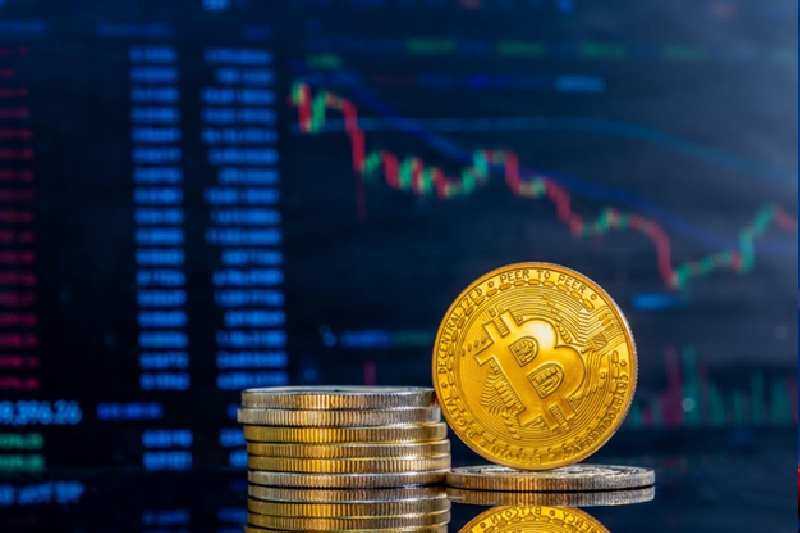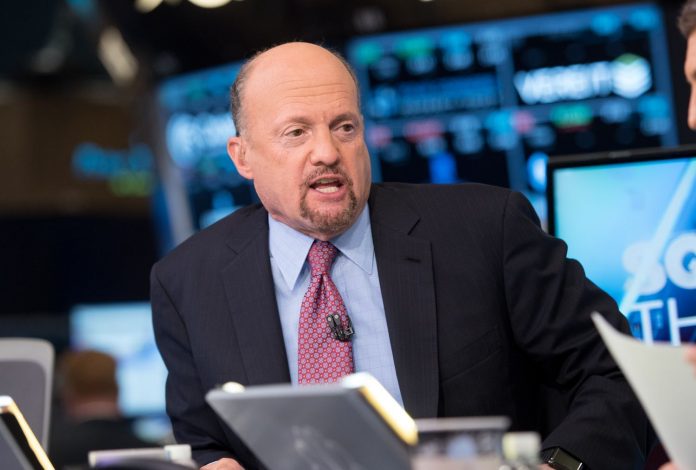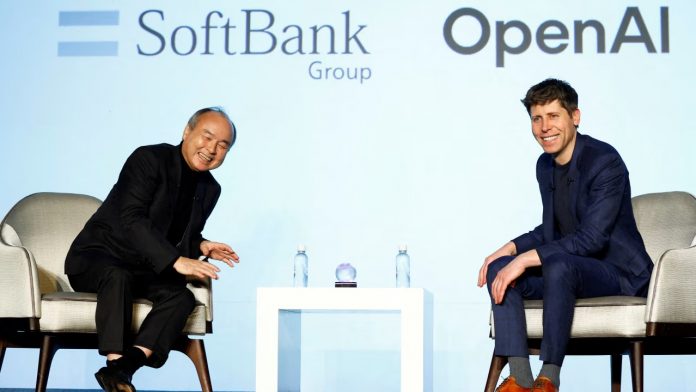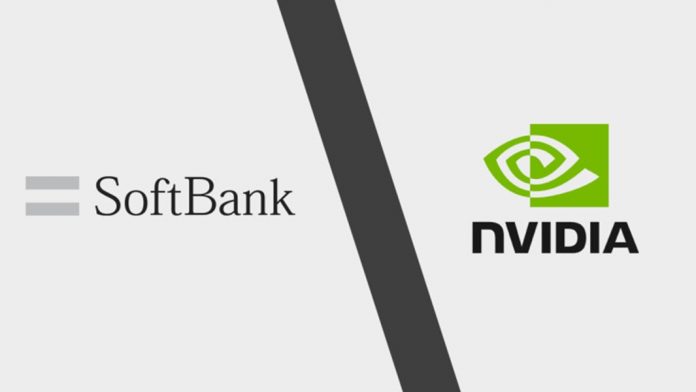Bitcoin’s recent recovery continues to face strong headwinds after slipping below the $100,000 mark earlier this month.
The world’s largest cryptocurrency briefly climbed above $107,000 at the start of the week but fell back below $104,000 on Tuesday, signaling what Bloomberg described as “fragile sentiment” in the market. BTC is currently trading at $103,190, at the time of writing this report, as the crypto asset seeks to gather momentum.
Reports reveal that since October 10, 2025, approximately $340 billion in market value has been wiped out amid a wave of liquidations. Analysts note that Bitcoin’s inability to break above its 200-day moving average around $110,000 has limited the potential for a sustained uptrend.
The rejection around the $107,000 to $108,000 range highlights persistent selling pressure, with momentum cooling and traders now watching key support levels at $104,000 and $100,000. These zones could determine whether the asset consolidates or undergoes a deeper correction toward $90,000 to $93,000.
Market analysts describe the current movement as a classic rejection pattern, where strong resistance meets fading bullish volume. For Bitcoin to stage a meaningful recovery, renewed ETF inflows, easing macroeconomic headwinds, and reduced long-term holder selling above the $100,000 threshold are seen as essential catalysts.
From a technical perspective, failure to maintain support at $104,000 could trigger a broader retracement. Conversely, a rebound from this level may signal renewed accumulation before a potential upward move.
Bullish Outlook
For buyers to regain control, analysts emphasize that defending the $101,275 support level is critical. A successful push above the $110,300 resistance, where both the 50-day and 200-day moving averages converge would help reestablish bullish momentum. Breaking this resistance could pave the way for a rally toward $116,025, with a further breakout potentially propelling Bitcoin toward its all-time high near $124,725. Sustained momentum beyond that level could set the stage for a move toward new highs around $132,000.
Bearish Outlook
Despite recent outflows, Bitcoin’s resilience has been partially supported by strategic accumulation from crypto whales, who continue to buy during downturns, reflecting long-term confidence in the asset’s value. However, on-chain data shows a steady decline in active addresses since early 2025, indicating waning retail participation. This divergence between price performance and network activity suggests that the current rally lacks broad user engagement, raising concerns about its sustainability.
While Bitcoin remains about 20% below its all-time high of $126,000 reached in October, the market is currently characterized by uncertainty and heightened selling pressure. The cryptocurrency is now consolidating slightly above the $100,000 level, as investors weigh whether a deeper correction is imminent.
Crypto analyst Ali Martinez recently predicted that Bitcoin might find its next market bottom around October 2026, with potential declines of 51% to $50,000 or even 63% to $38,000 in a more severe downturn. Martinez based his outlook on historical cycle patterns, noting that previous bull runs, 2015–2017 and 2018–2021, each lasted 1,064 days from the bear market bottom to the bull market peak.
The current cycle, which began in November 2022 and peaked at $126,220, has now reached roughly 1,082 days, suggesting that Bitcoin may already have topped for this phase. While Martinez cautioned that historical patterns do not guarantee outcomes, he believes the market may be entering the early stages of a post-peak retracement—a cooling phase after an overheated bull run.
Future Outlook
Bitcoin’s near-term outlook remains finely balanced between cautious optimism and potential downside risk. However, much depends on broader market conditions. Persistent macroeconomic uncertainty, such as interest rate decisions, U.S. dollar strength, and global liquidity, continues to weigh heavily on risk assets, including cryptocurrencies.
From a longer-term perspective, analysts remain divided. While some warn that the current cycle may have already peaked and could enter a prolonged retracement phase through 2026, others see the ongoing consolidation as a healthy correction within a broader bull market. In essence, Bitcoin stands at a pivotal juncture. The coming weeks will determine whether it stabilizes above key support levels to prepare for another leg higher or slips further into a deeper correction phase.
Share this:
- Click to share on Facebook (Opens in new window) Facebook
- Click to share on X (Opens in new window) X
- Click to share on WhatsApp (Opens in new window) WhatsApp
- Click to share on LinkedIn (Opens in new window) LinkedIn
- Click to email a link to a friend (Opens in new window) Email
- Click to print (Opens in new window) Print






